Sharpening and honing single bevel blades
September 11th, 2024
A history of sharpening
Thiers, France, is celebrated for its cutlery and blade-making traditions, a craft passed down through more than 600 years. By the early 20th century, this quiet industry, nestled on the Durolle River, grew into a global powerhouse, exporting fine cutlery to places as far as China and the United States. But what’s truly captivating about Thiers’ history is the story of the grinders—the craftsmen who meticulously sharpened the blades.
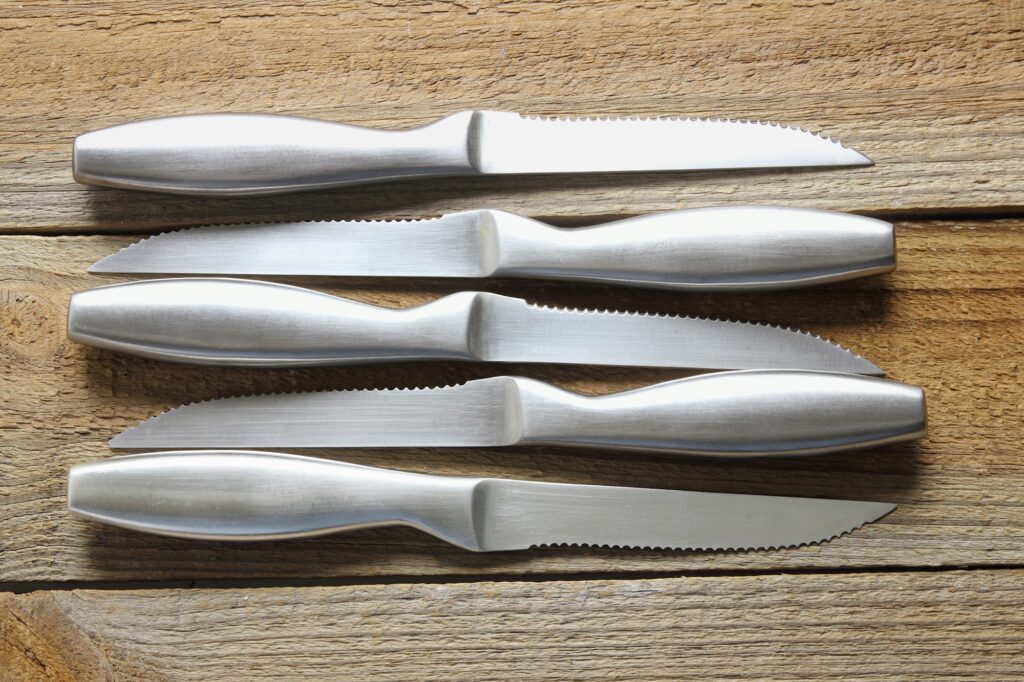

These workers, known as ventres jaunes or “yellow bellies,” earned their nickname not just from the yellow leather aprons they wore, but because they would lie on their stomachs to grind the edges of blades. The grinding stones, powered by cold water flowing beneath them, created a frigid working environment. To combat this, the grinders would have dogs lie on their legs to keep them warm as they worked through long, cold hours.
This unique tradition set Thiers apart and added to the town’s legendary reputation for producing some of the finest blades in the world. While the methods have been modernized, Thiers remains at the heart of France’s blade-making industry, where centuries of craftsmanship are still honored and practiced by its master artisans.
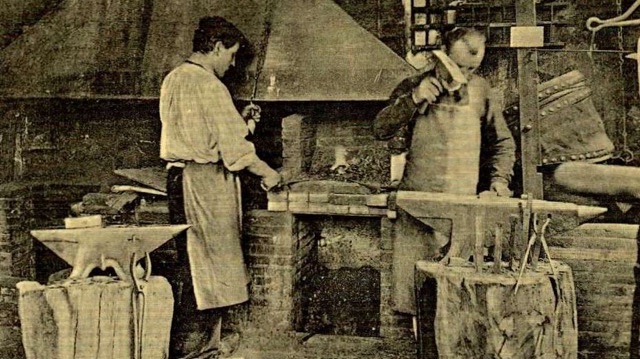
Modern Precision: The Scary Sharp Method
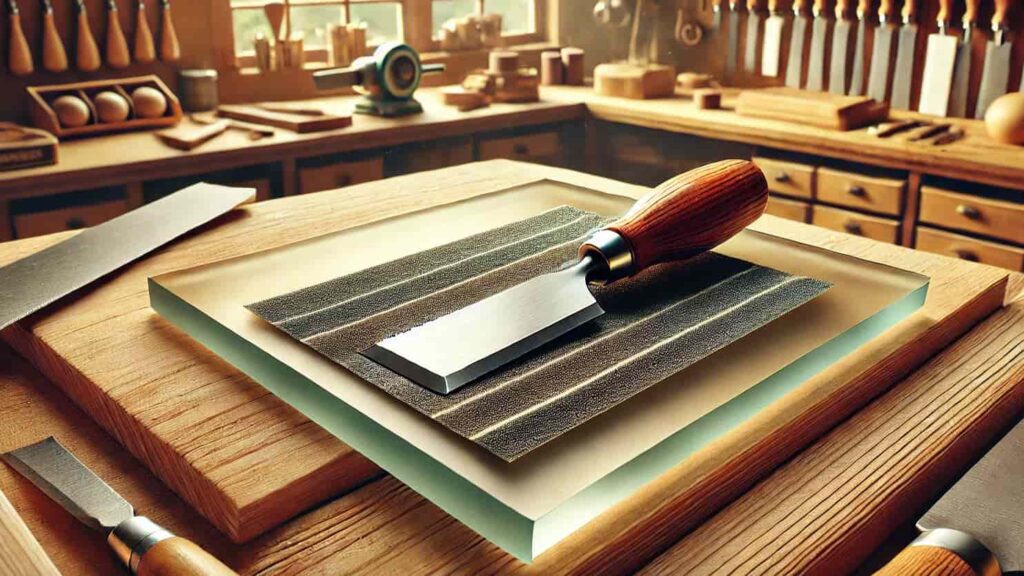
The art of sharpening continues to evolve, with modern woodworkers looking for methods that are both precise and affordable. Enter the Scary Sharp method—an innovative system that uses sandpaper, yes, sandpaper, to create a razor-sharp edge. While this might sound like an old technique (sandpaper has been in use for over 700 years), modern advancements have made today’s sandpaper finer and more reliable than ever before, making it the perfect tool for achieving a truly sharp blade.
But sandpaper is only part of the method. To maintain the correct angle and achieve a razor-sharp edge, the surface beneath the sandpaper must be perfectly flat, allowing for microscopic precision. Glass or even MDF board works well for this. The sandpaper is attached to this flat surface, and the blade uses it as a reference point.
While most Scary Sharp methods rely on multiple sheets of differing grits, my approach uses ceramic sandpaper, which is friable—meaning it breaks down with each stroke. As the ceramic particles embedded in the sandpaper fracture, they create finer and finer abrasive surfaces. This simulates moving through the grits. Instead of switching from 400, 600, 800, and up to 1000 grit, my 400 grit sandpaper evolves into a finer grit with continued use, eliminating the need to constantly change paper.
By the time you’re done, you’ve achieved an edge that rivals the sharpness of any blade from Thiers—without the need for costly stones or equipment.
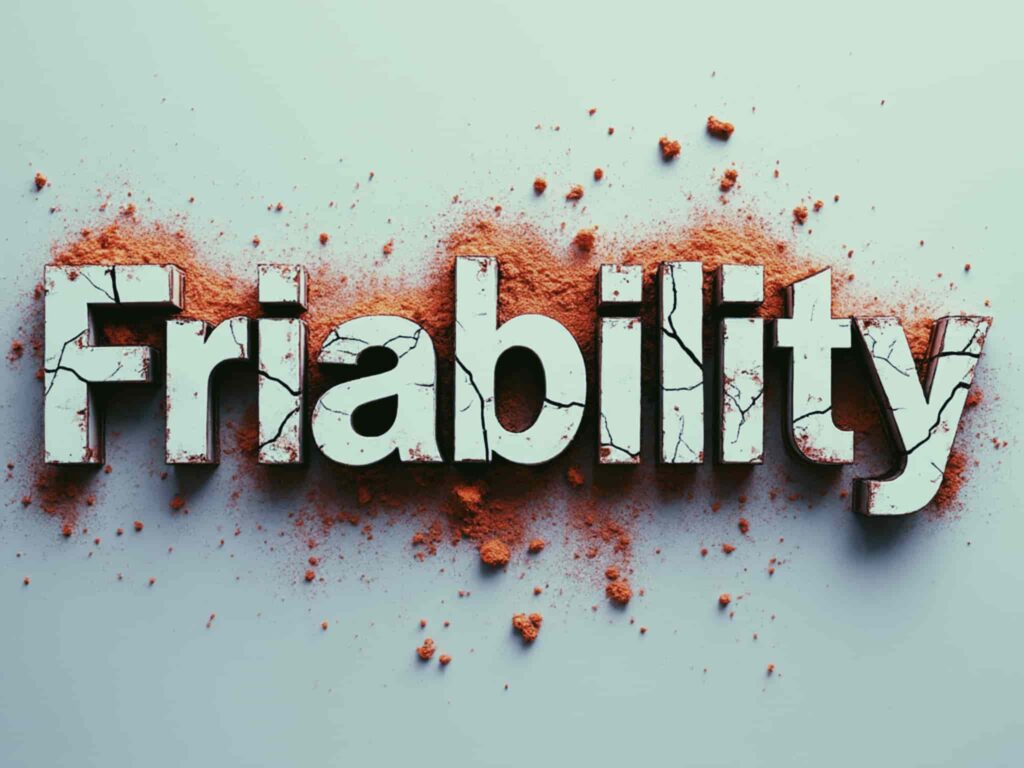
Honing for razor sharpness

After sharpening with the Scary Sharp method, the next step is honing, which takes the edge from sharp to razor-sharp. My honing process focuses on simplicity and precision, using a custom honing compound instead of traditional leather stropping.
Unlike stropping, which typically involves a leather pad, I use a flat piece of glass and a homemade paste of aluminum oxide mixed with mineral oil. This paste provides the same or even better results because it creates a consistent, hard surface for polishing the blade. As you draw the blade across the glass, the paste smooths out micro-imperfections and brings the edge to its sharpest possible state.
The beauty of this method lies in its cost-effectiveness and simplicity. There’s no need for expensive leather or commercial compounds—you can easily make the honing paste yourself and reuse it on the same glass surface.
I’ve sourced some of the most affordable materials, which are listed here on the website. I’ve also designed a jig that helps you cut sandpaper into efficient sizes, minimizing waste. Additionally, I’ve created a jig to ensure you get a perfect edge every time. You’ll find all the step-by-step instructions below.
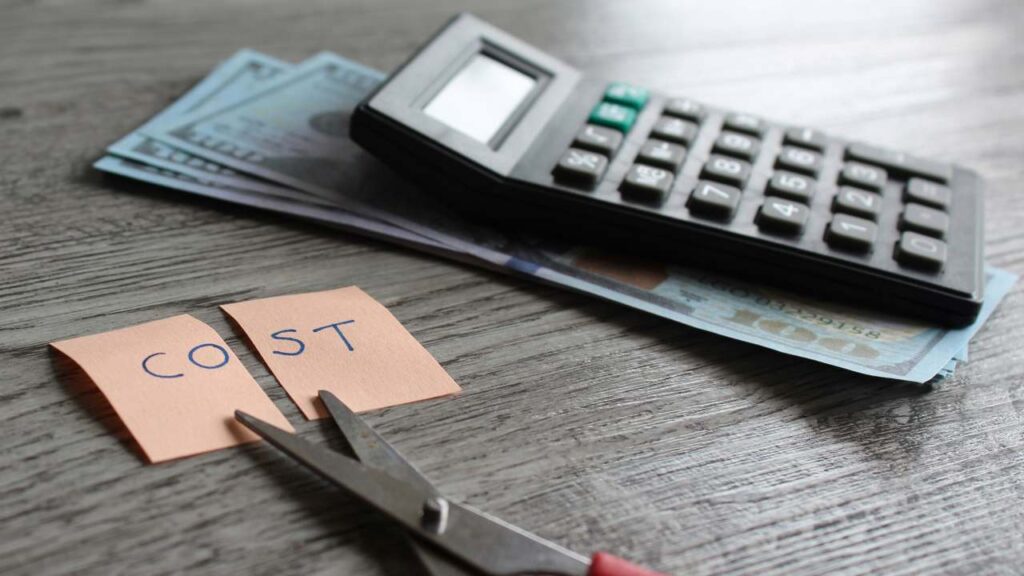
Tip Jar

